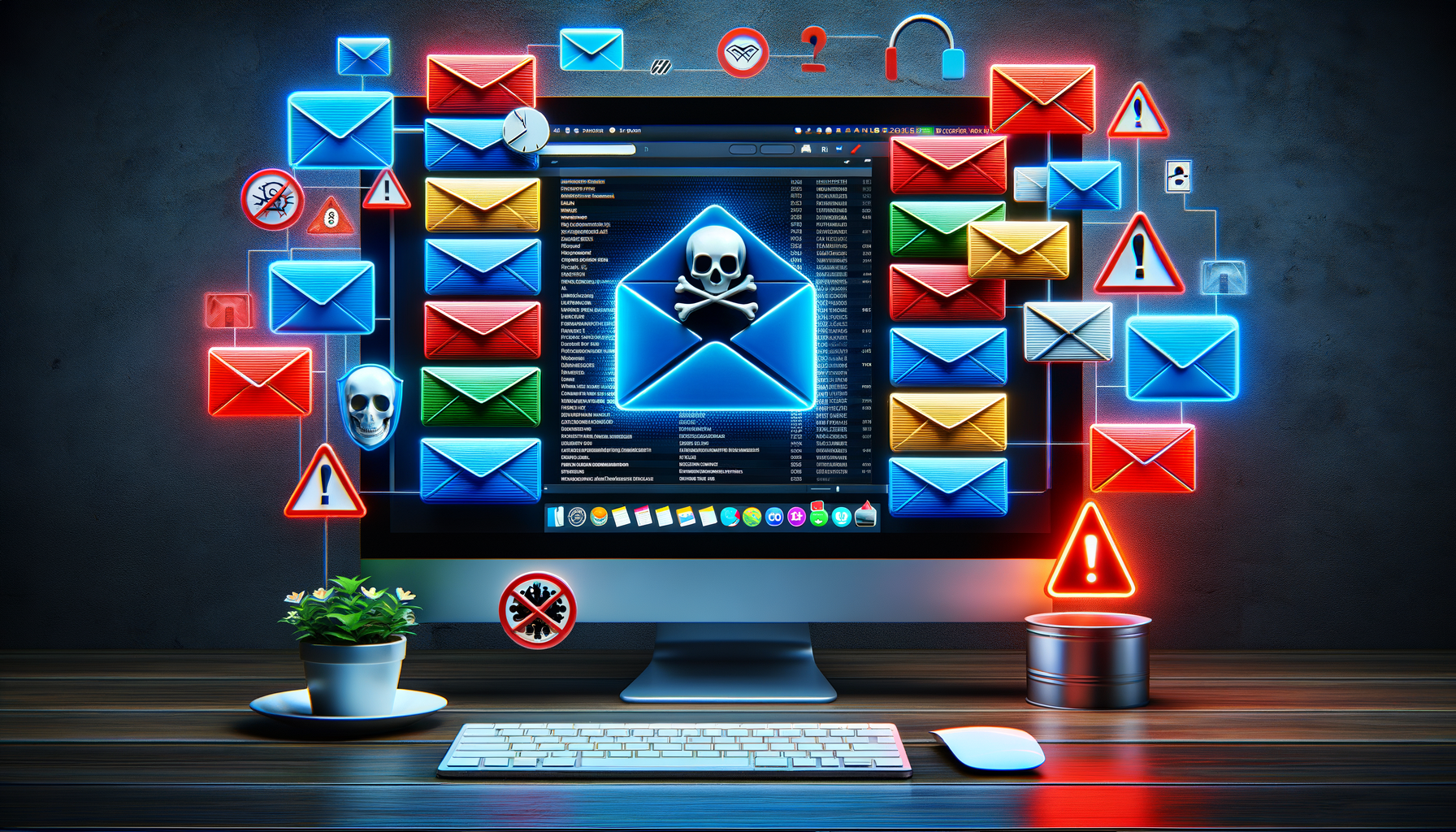
A Practical Guide to Spotting Common Phrases Used in Scam Emails
Email Scam Detection: Why It Matters
In the digital age, email remains one of the primary communication tools for both personal and professional interactions. However, its widespread use also makes it a prime target for scammers seeking to exploit unsuspecting users. Email scams can lead to significant financial loss, identity theft, and unauthorized access to sensitive information. Detecting these scams early is crucial to protecting oneself from these potential threats.
Scammers often employ sophisticated techniques to make their emails appear legitimate. They might mimic the email addresses of reputable organizations or use official-sounding language to gain the recipient’s trust. The consequences of falling for such scams can be dire, ranging from unauthorized bank transactions to compromised personal data. Therefore, understanding how to detect email scams is an essential skill in today’s digital landscape.
By educating themselves on common scam tactics and recognizing the subtle signs of fraudulent emails, individuals can safeguard their personal information and financial assets. While no method is foolproof, increasing awareness and vigilance can significantly reduce the risk of becoming a victim of email scams. In the following sections, we will explore the red flags and common phrases used in phishing emails, equipping you with the knowledge needed to identify and avoid these threats.
Phishing Email Red Flags
Phishing emails are a prevalent form of cybercrime where attackers impersonate legitimate entities to steal sensitive information. Recognizing the red flags associated with these emails is the first step in preventing potential breaches. Here are some common indicators that an email may be a phishing attempt:
- Suspicious Sender: The sender’s email address may closely resemble a legitimate one but with slight alterations or misspellings.
- Urgent Language: Phishing emails often create a sense of urgency, pressuring the recipient to act quickly without thinking.
- Generic Greetings: Instead of addressing the recipient by name, these emails use generic salutations like “Dear Customer” or “Valued Member.”
- Unusual Attachments or Links: Be wary of unexpected attachments or links that prompt you to provide personal information.
- Poor Grammar and Spelling: Many phishing emails contain grammatical errors or awkward phrasing, which can be a telltale sign of a scam.
By staying vigilant and scrutinizing emails for these red flags, individuals can better protect themselves from falling victim to phishing scams. It’s important to remember that legitimate organizations will never request sensitive information via email.
Common Scam Phrases
Scammers often use specific phrases to manipulate recipients into taking action. Recognizing these phrases can help you identify potential scams before they cause harm. Here are some commonly used scam phrases:
- “You’ve Won a Prize!” – This phrase is designed to excite recipients and prompt them to provide personal information to claim their supposed winnings.
- “Your Account Has Been Compromised” – Scammers use this phrase to create panic, urging recipients to click on a link to “secure” their account.
- “Act Now to Avoid Penalties” – By instilling a sense of urgency, scammers hope to bypass the recipient’s critical thinking.
- “Verify Your Information” – This phrase is often used to trick recipients into providing sensitive information under the guise of verification.
Understanding these common phrases and their intentions can help you stay one step ahead of scammers. Always question unsolicited emails that request personal information or create a sense of urgency.
Examples and Comparisons
To further illustrate the tactics used by scammers, let’s compare legitimate emails with their fraudulent counterparts. Consider a genuine email from a bank that addresses the recipient by name, uses professional language, and provides a contact number for customer support. In contrast, a phishing email might use a generic greeting, contain grammatical errors, and include a suspicious link.
Another example is an email from an online retailer confirming a purchase. A legitimate email will include details of the transaction, such as the purchase date and order number. A scam email, however, might claim there was an issue with the order and ask for personal information to resolve it.
By comparing these examples, it’s easier to see how subtle differences can indicate whether an email is legitimate or fraudulent. Always verify the source of an email before taking any action and contact the organization directly if in doubt.
Conclusion: Staying Safe in the Digital World
As cyber threats continue to evolve, staying informed and vigilant is crucial in protecting yourself from email scams. By understanding the common tactics used by scammers and recognizing red flags, you can better safeguard your personal information and financial assets.
Remember, legitimate organizations will never ask for sensitive information via email. Always verify the authenticity of an email before responding or clicking on any links. With these precautions in mind, you can navigate the digital world with greater confidence and security.